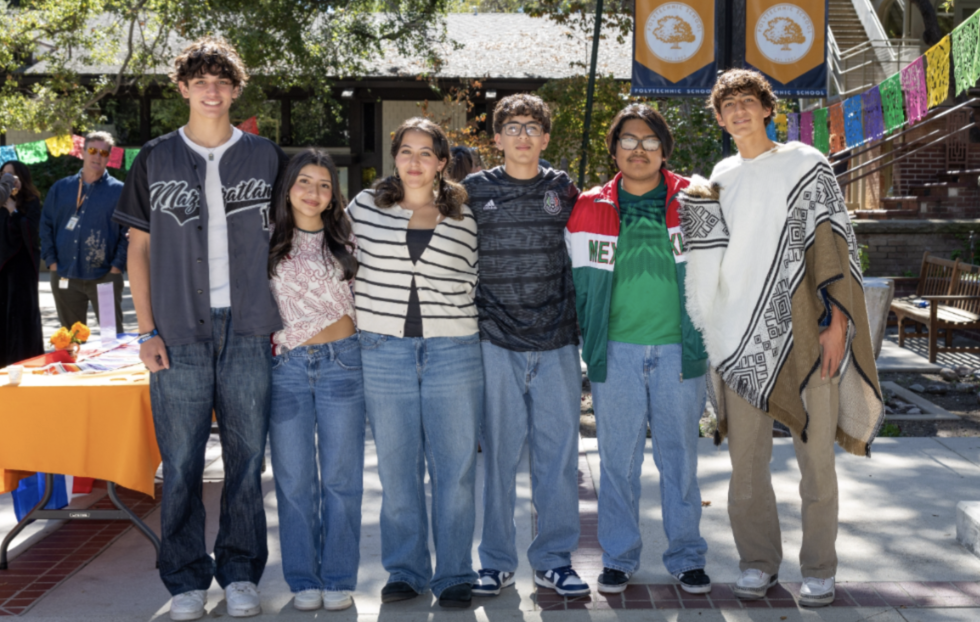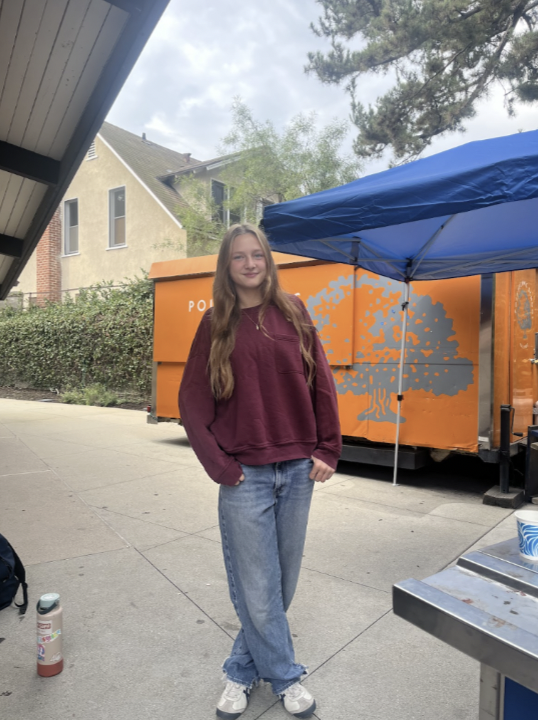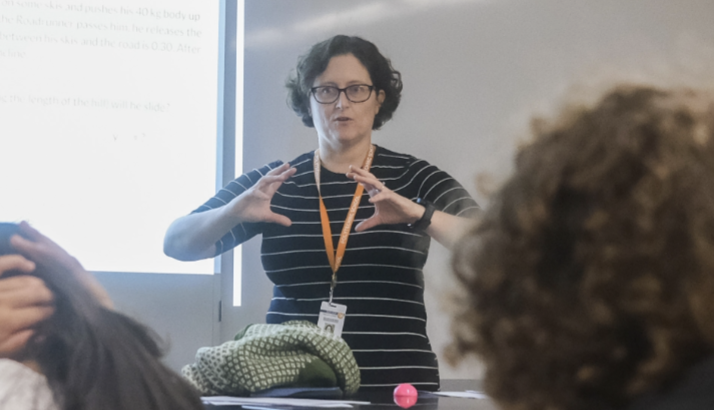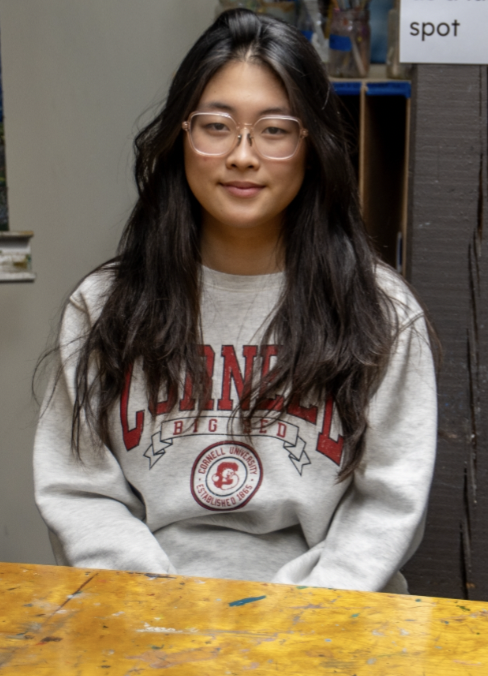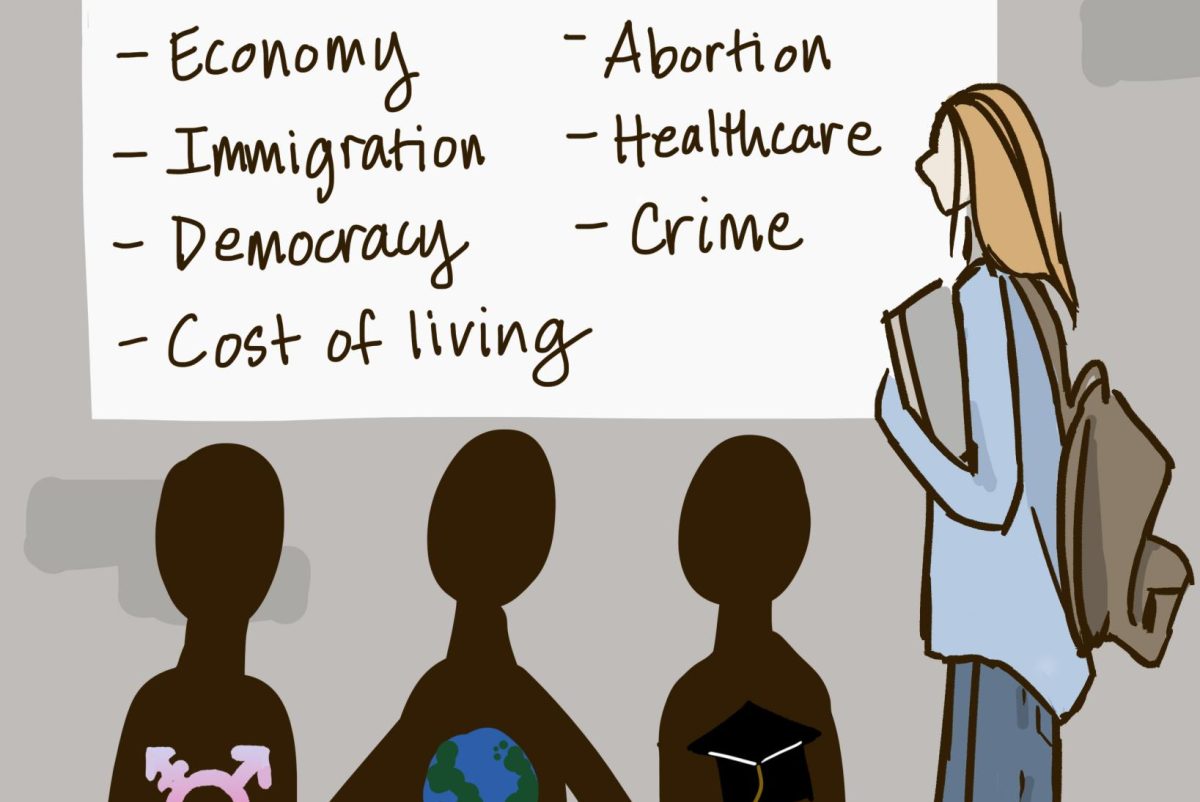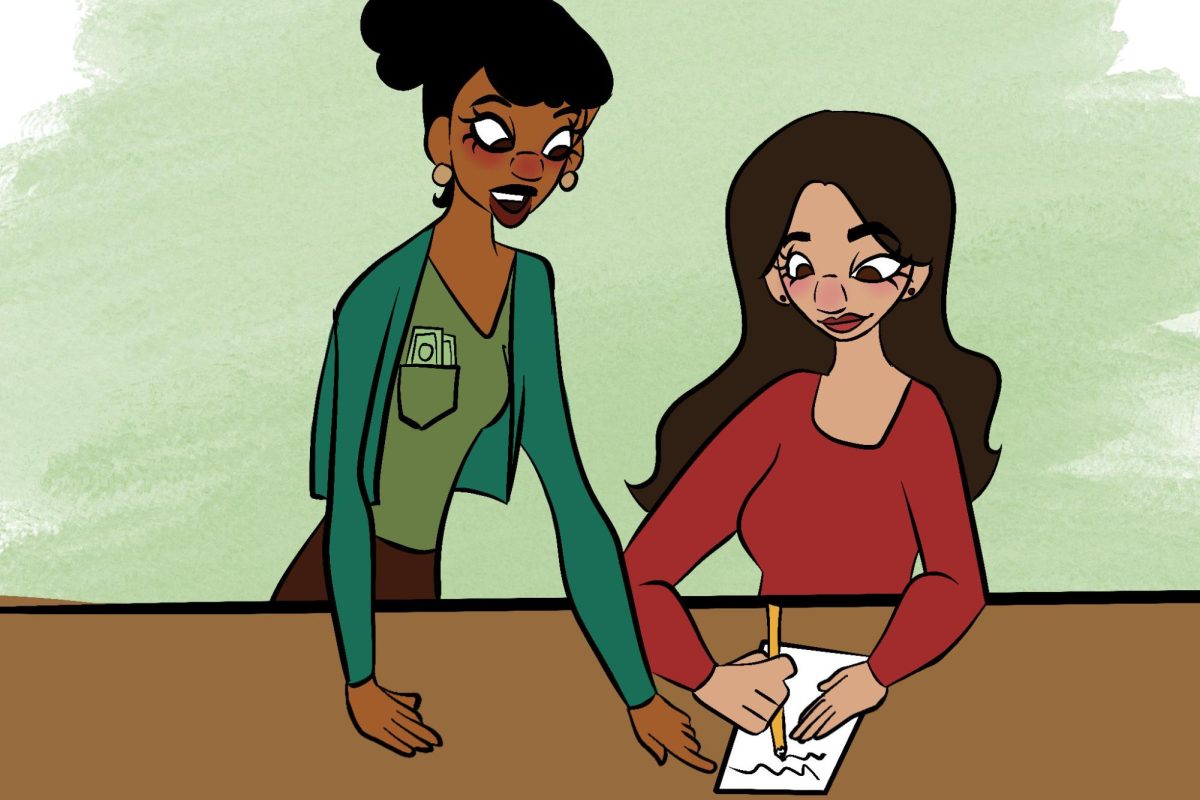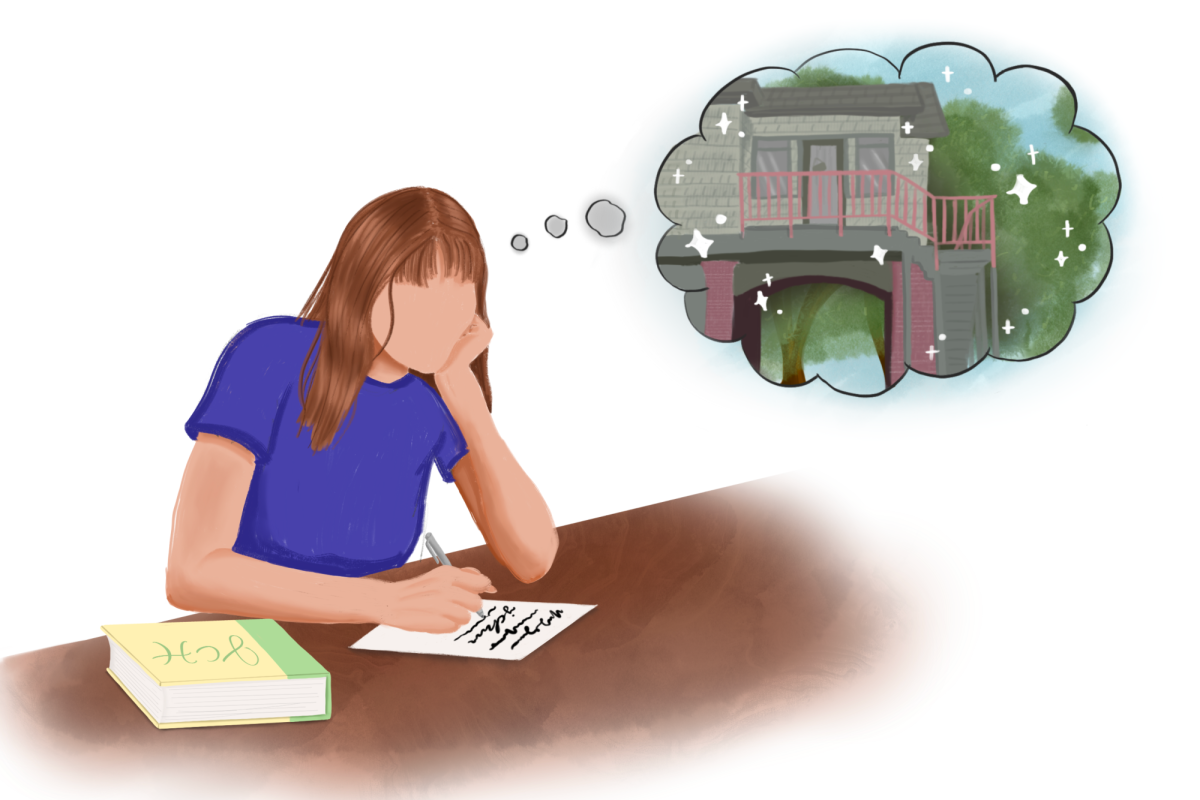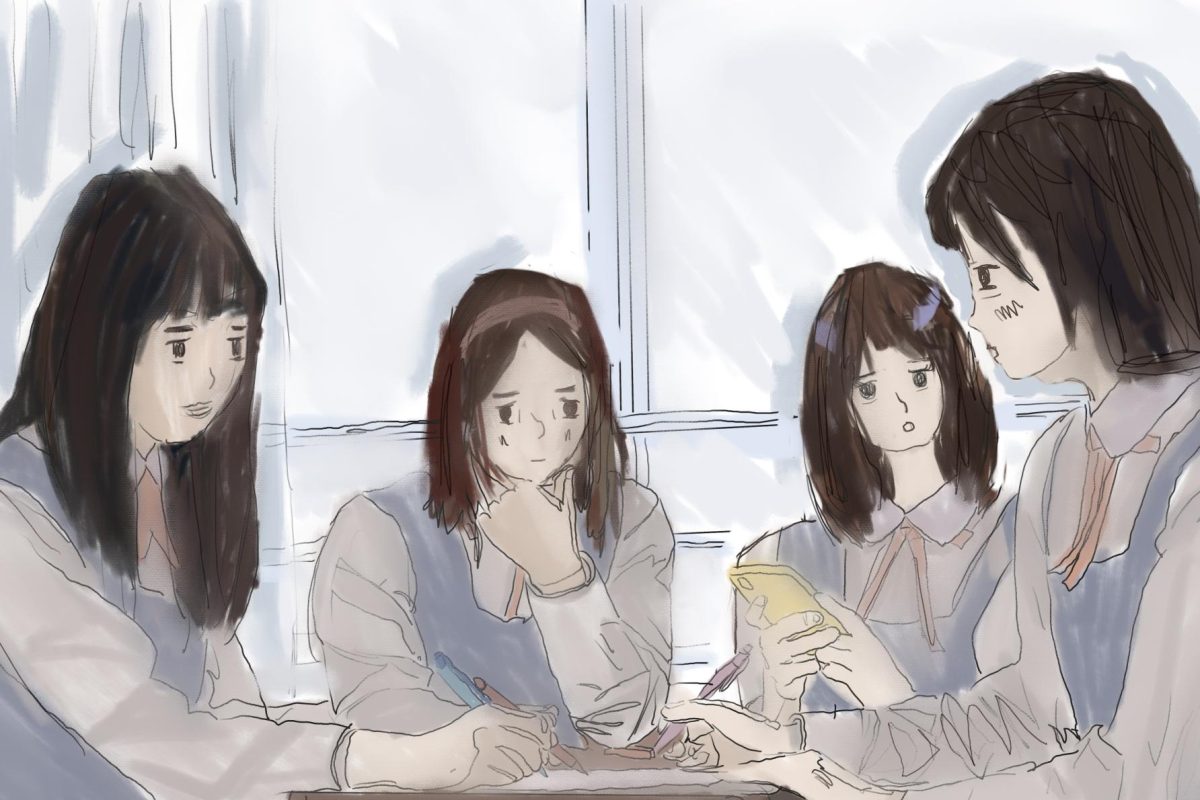When teachers allow students to pick their own groups, students often cheer or smile. Why are we so excited by this choice? Does our joy mean that letting students pick their groups benefits them? Letting students choose who they work with leads to higher quality work, increased enjoyment of the project, and valuable skill development.
First of all, student-chosen groups boost productivity. Since most school work is completed individually, students often do not have the chance to collaborate on assignments with their friends. Giving them an opportunity to do so can make them more enthusiastic and less nervous about working on the project; therefore, they will likely perform better on it.
According to a study by the National Nursing Staff Development Organization, “Team building activities can improve communication and cooperation. They can also reduce stress levels and increase trust.”
Productivity also stems from the fact that when students pick their own partners, they often already have an established group dynamic. Since students usually choose familiar people to work with, they know each other’s strengths and weaknesses. One may enjoy painting or drawing, another may prefer writing and someone else may research well. Students can utilize each other’s strengths to their advantage, producing their best work efficiently.
Conversely, in teacher-chosen groups, students may feel less comfortable sharing their perspectives with classmates they don’t know well. Consequently, only the most vocal students’ ideas may be considered in a group project.
However, when students are able to choose with whom they work, they typically feel more comfortable taking risks and making mistakes. When we work with strangers, we often feel pressured to be “perfect” so that we do not disappoint the people we just met. However, when groupmates are already familiar with each other, the pressure reduces significantly because we know that our teammates will understand and forgive our mistakes along the way.
“Knowing that I can trust my teammates not to judge me for my mistakes definitely makes me more confident,” said sophomore Mikayla Chan.
Science Department Chair Robin Barnes teaches PolyEnriched Chemistry and usually allows her students to pick their own teams. When asked why, she responded, “PolyEnriched Chemistry is already a challenging class where we often don’t get something right the first time. Therefore, it is better for students to feel comfortable being wrong. Being with somebody we can trust lessens the anxiety of class.”
Teachers often try to group students who don’t usually interact with each other to teach students how to work with new people. To help students stay on task, teachers might also pair rowdier students with quieter ones. However, pairing students with clashing personalities often results in a group that does not work well together. As shier students usually do not want to speak up, they often do not point out when somebody else is not doing their fair share of work. This dynamic results in one person doing all the work while others talk and hang out.
In eighth grade, my history teacher assigned groups for the final project. As soon as I joined my group, they shared how they would “be carried by me.” Although I expressed frustration, I understood that part of the grade included group collaboration. Since I wanted to receive a good grade, I ended up completing all the work for them. However, when it came time to present, my teammates did not know the information that I had written for them in bullet points. Therefore, they stuttered and faltered over their words, and the teacher immediately knew what had happened. As a result, our team got marked off for lack of communication.
Student-chosen groups fix this issue because students pick peers whom they think will help them. If someone does not contribute equally, teammates are less afraid to confront someone with whom they already have an established friendship.
Students choosing whom to work with also strengthens their decision-making skills. To receive a good grade, they have to select people who will collaborate with them effectively. Sometimes, this means not working with their best friends and, instead, choosing different partners. If the teacher assigns groups, students never undergo this important learning process.
Student-chosen groups boost productivity, make students more comfortable to make and learn from their mistakes, and reduce the inequality between each person’s workload. For all of these reasons, teachers ought to allow students to pick their own groups.




